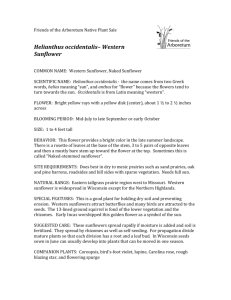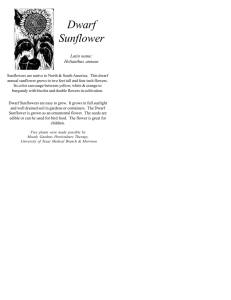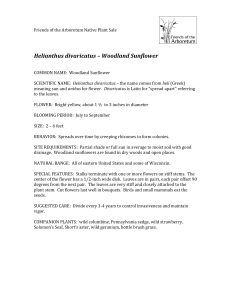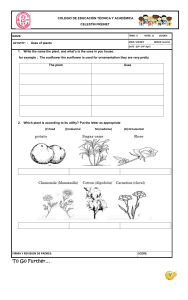sunflower
advertisement
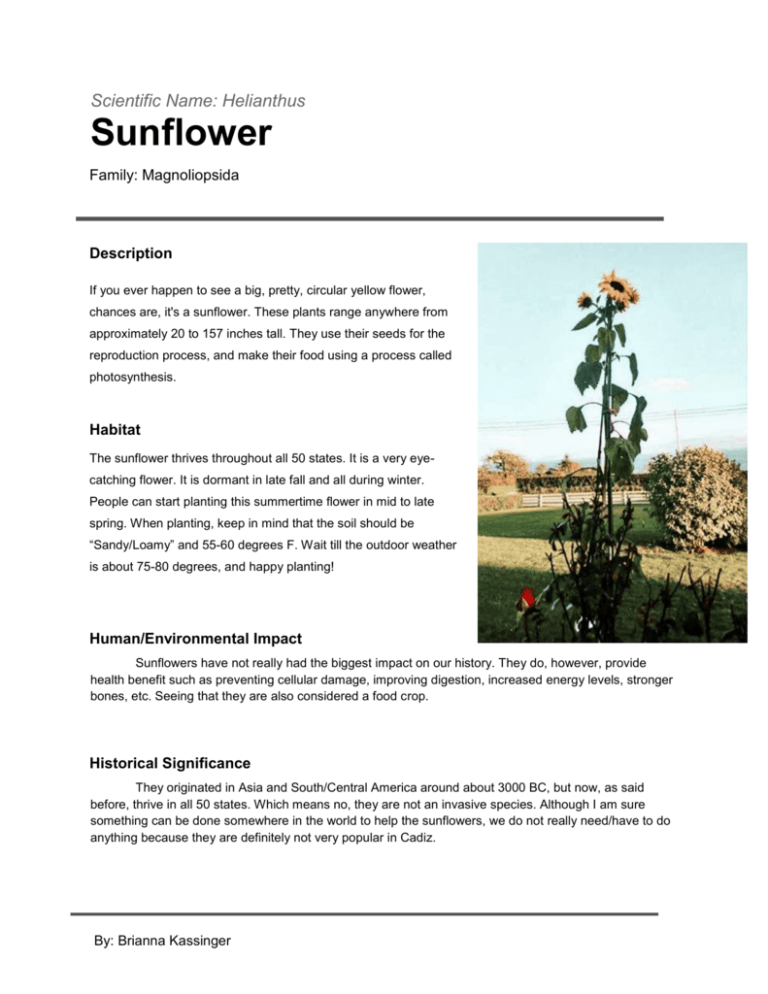
Scientific Name: Helianthus Sunflower Family: Magnoliopsida Description If you ever happen to see a big, pretty, circular yellow flower, chances are, it's a sunflower. These plants range anywhere from approximately 20 to 157 inches tall. They use their seeds for the reproduction process, and make their food using a process called photosynthesis. Habitat The sunflower thrives throughout all 50 states. It is a very eyecatching flower. It is dormant in late fall and all during winter. People can start planting this summertime flower in mid to late spring. When planting, keep in mind that the soil should be “Sandy/Loamy” and 55-60 degrees F. Wait till the outdoor weather is about 75-80 degrees, and happy planting! Human/Environmental Impact Sunflowers have not really had the biggest impact on our history. They do, however, provide health benefit such as preventing cellular damage, improving digestion, increased energy levels, stronger bones, etc. Seeing that they are also considered a food crop. Historical Significance They originated in Asia and South/Central America around about 3000 BC, but now, as said before, thrive in all 50 states. Which means no, they are not an invasive species. Although I am sure something can be done somewhere in the world to help the sunflowers, we do not really need/have to do anything because they are definitely not very popular in Cadiz. By: Brianna Kassinger
